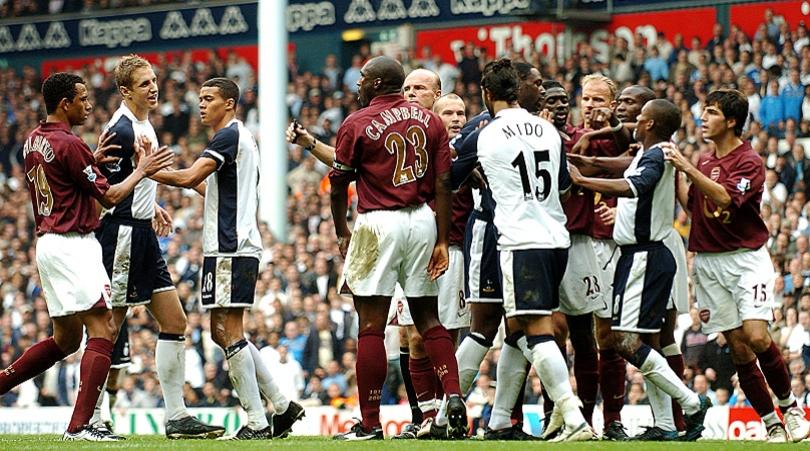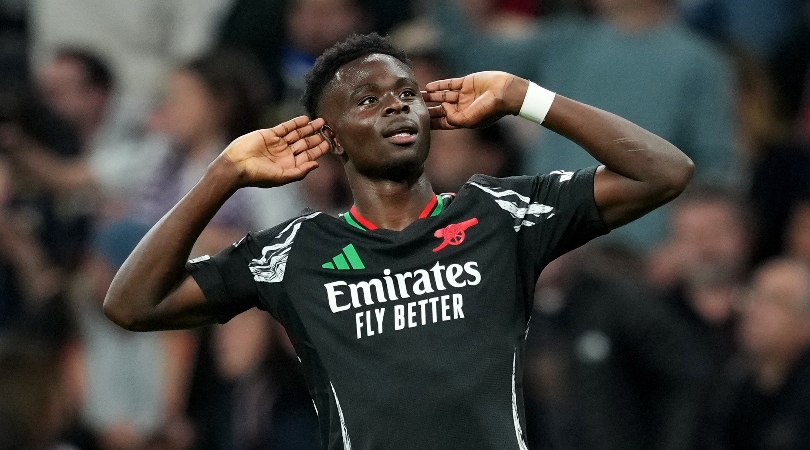Arsenal vs Tottenham tactical preview: How Wenger's rampant frontline could shatter Spurs' solidity
Thore Haugstad looks forward to Sunday's north London derby and explains why Mauricio Pochettino's side could come unstuck against the Gunners' group of in-form forwards
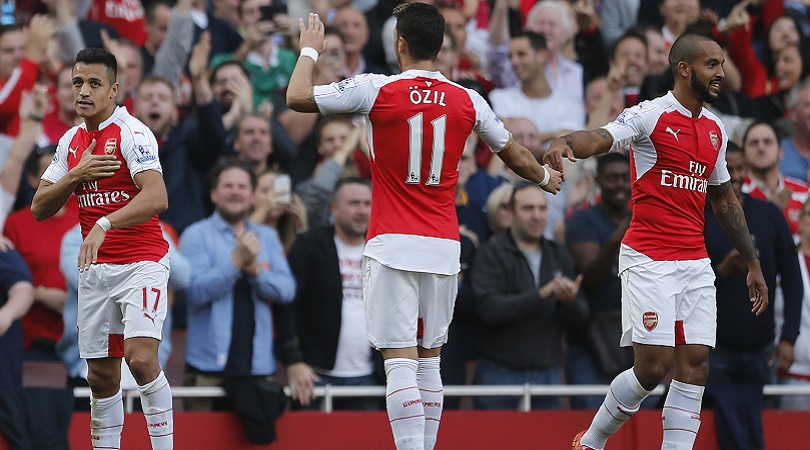
Tottenham have struggled to find the net recently, but their biggest challenge this weekend could come at the other end of the pitch. Spurs have conceded in 42 of their last 43 clashes with Arsenal in all competitions and have not kept a clean sheet against their north London rivals in 14 league meetings. On top of that, they'll face a Gunners attack in rich goalscoring form.
Spurs, it should be said, have been solid at the back all season: five goals against in 10 league games is by far the best record in the division. Four of those concessions have come via set-pieces, the other from a disastrous backwards header from Vincent Wanyama. Even without the injured Toby Alderweireld, Spurs have been tough to break down.
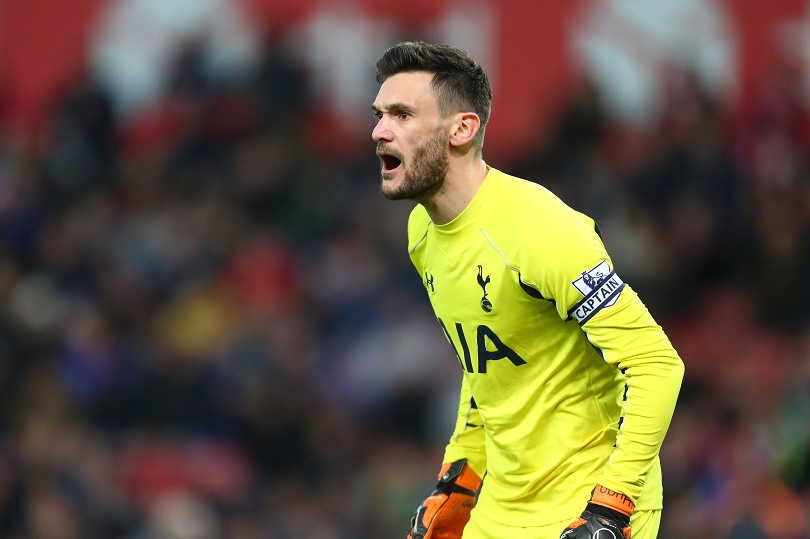
But this derby looks set to be their biggest test yet. Arsenal have hit 23 goals in 10 league encounter, only one fewer than top scorers Manchester City and Liverpool; even when they lost the season opener at home to the Reds, they managed to score three times.
At that stage Alexis Sanchez was still finding his feet up front, while Mesut Ozil and Theo Walcott were yet to embark on goalscoring runs. That's now all changed, with Olivier Giroud also back in contention for a place in the XI. Should Walcott be passed fit for Sunday, Wenger could wheel out artillery of such weight that Spurs will do well to survive it.
The false and the furious
Besides proving himself as a nimble poacher, Sanchez has often dropped deep in true false-nine fashion to deliver the final pass
The evolution of Arsenal’s attack has taken some interesting twists and turns. Everything has revolved round Sanchez, who started the season as a lone striker in Giroud’s absence. He was first kept quiet by Liverpool but has since struck six league goals, which is a fine return even by his standards: the Chilean's current goalscoring rate is 0.7 per 90 minutes, up from 0.5 last season.
Yet that's only half the story. Besides proving himself as a nimble poacher, Sanchez has often dropped deep in true false nine fashion to deliver the final pass. He has three assists so far this term, having managed just four last season. The best case example is his performance at Burnley, when he set up eight attempts for his team-mates.
Get FourFourTwo Newsletter
The best features, fun and footballing quizzes, straight to your inbox every week.
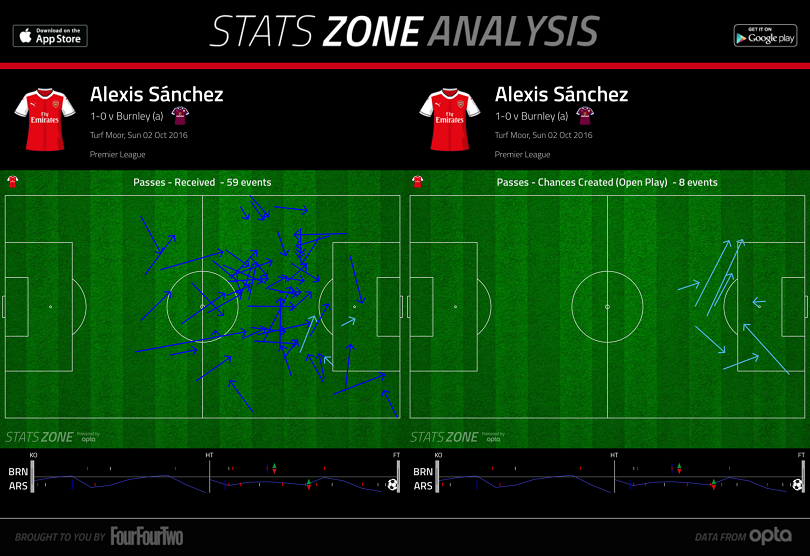
When Sanchez drops deep, spaces are left for others to exploit, with Walcott the chief beneficiary. The explosive attacker has oscillated between being a winger and a striker for some time, and his current role blends both: he stays wide for long periods, before ghosting into the box when moves are to be finished.
The numbers tell the story. Last season Sanchez fired 3.9 shots per 90 minutes and Walcott 2.9; this season the Chilean has dropped to 3.3 and Walcott has jumped to 3.6. This has resulted in five league goals in nine appearances for Walcott, which is largely down to duo's partnership. “When we have Walcott, it balances well, because when Sanchez comes, Walcott goes,” Wenger said last week. “This is a good mixture, a good working unit.”
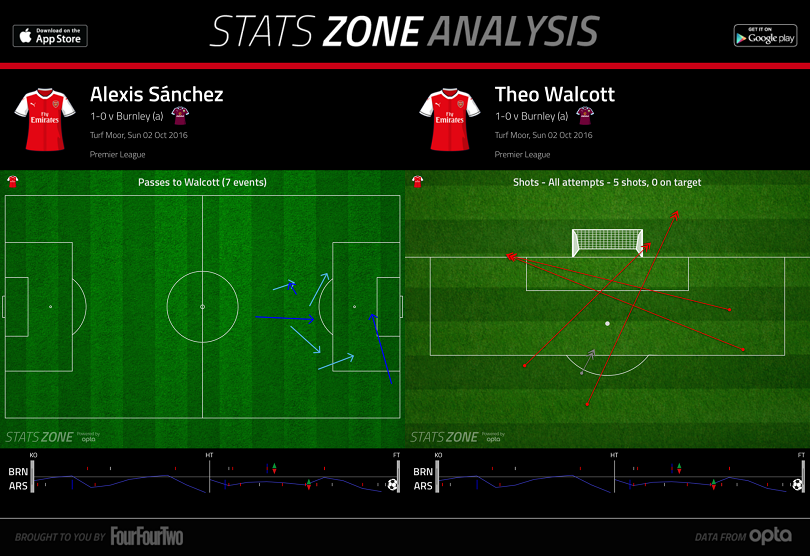
Serving the servant
It does seem that Ozil is going through an attitude change: he's scored on three occasions and provided only one assist in the league
A similar factor has boosted Ozil. The playmaker pulled off a virtuosic solo effort against Ludogorets on Wednesday, and Wenger has commented on how the German is getting into more goalscoring positions, blending silky skills with cool efficiency. His finish in the 3-2 win at home to Swansea, hammered into the roof of the net, seemed to denote a new ruthless edge.
“When you see him finish like that, you think ‘Come on my friend – do it more often!’ because in training he scores. It’s very difficult to read for the keepers and he scores when he wants,” Wenger said. “And we want him to take more opportunities.”
Ozil scores against Swansea
It does seem that Ozil is going through an attitude change: he's scored three times and provided only one assist in the league, having set up 19 goals last campaign. Like Walcott, his shooting numbers are up, from 1.4 per 90 minutes to 2.0 this season. His average hasn't been this high since his valedictory Bundesliga campaign with Werder Bremen in 2009/10.
But tactics have played a part too. Like Walcott, Ozil's been given more room inside the box because Sanchez tends to come short. In fact, all of Ozil’s three league goals have been assisted by the Chilean: at Watford, Alexis drifted out left and crossed for his team-mate, who exploited a gap and headed home; at home to Chelsea, the two combined on the counter; against Swansea, Sanchez lofted a pass over the defence to Ozil, who lashed home.
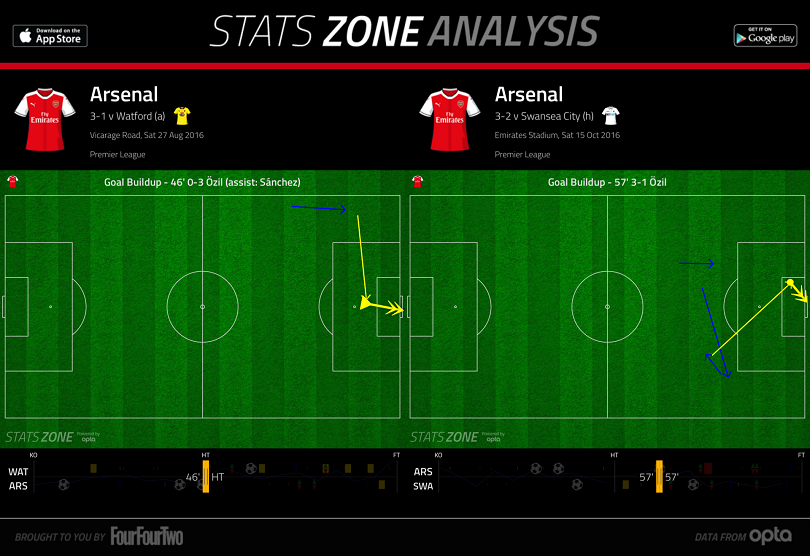
Improvising quartet
Wenger will have been pleased with this dynamic, but a luxury problem appeared when Giroud returned to action. It seemed as if the targetman had lost his place when Sanchez started up front at Sunderland last weekend, but then Giroud came off the bench to score twice and effectively win the game. His introduction immediately restricted Sanchez's movement, who returned to his old role on the left wing.
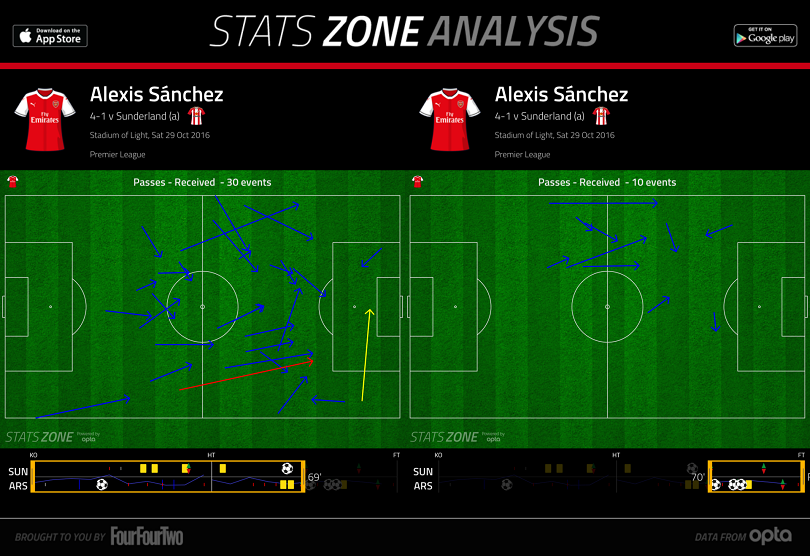
With Giroud subsequently starting and scoring at Ludogorets, Wenger may chose to keep him up front, put Sanchez on the left left and drop Alex Iwobi, who has three assists but no league goals this season. That would rip up the dynamic between Sanchez, Walcott and Ozil, yet it would also assemble four in-form attackers whose contrasting specialities should make it possible to create efficient patterns of movement, whether by improvisation or design.
Indeed, the balance could be ideal: a targetman binding up defenders; a mobile playmaker who now chips in with goals as well as assists; and two direct wingers, one cutting inside and the other being capable of going on the outside too. Rarely have so many of Wenger’s attackers looked so sharp at the same time. Come Sunday, the Spurs defence could well be in for a busy afternoon.
